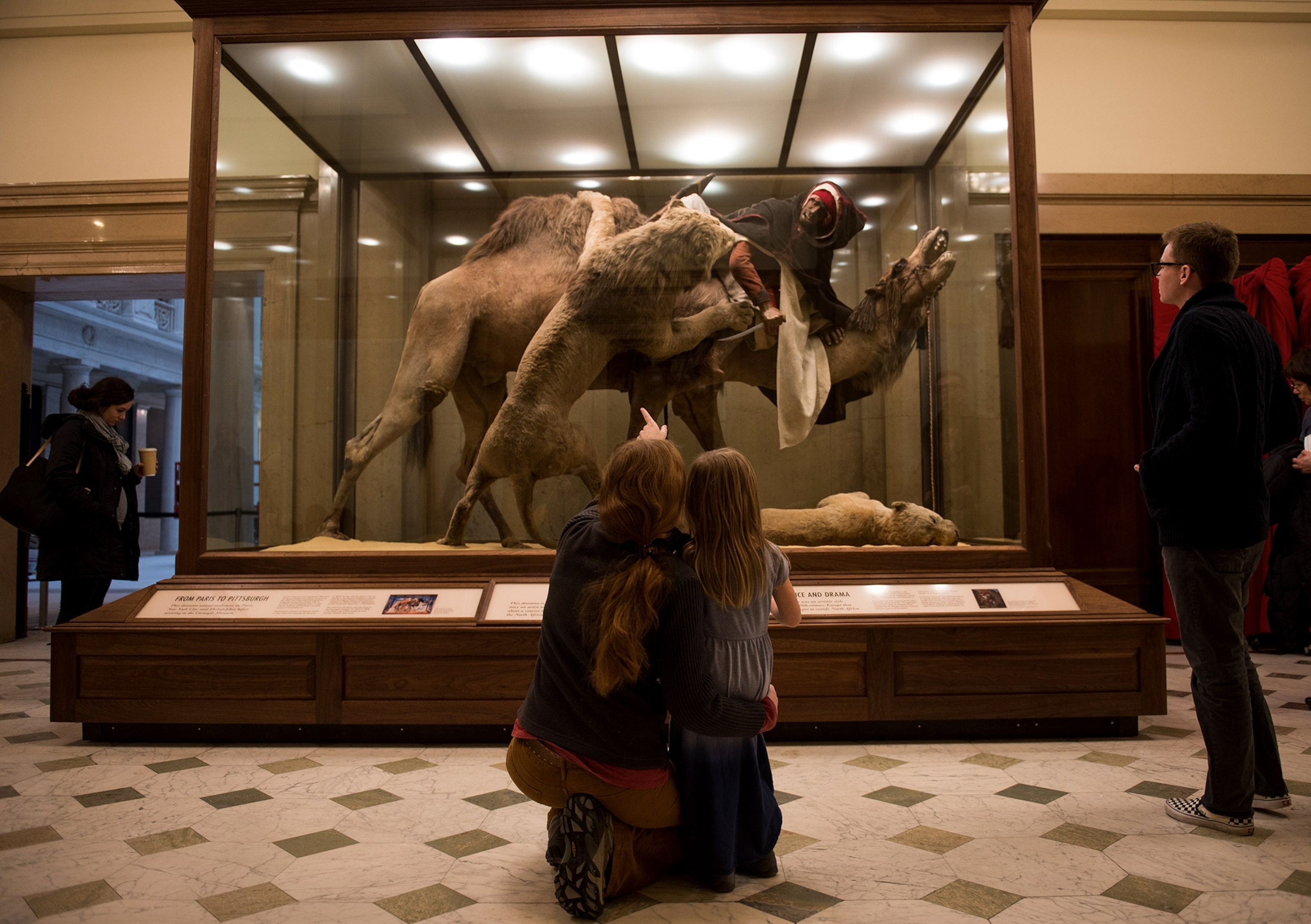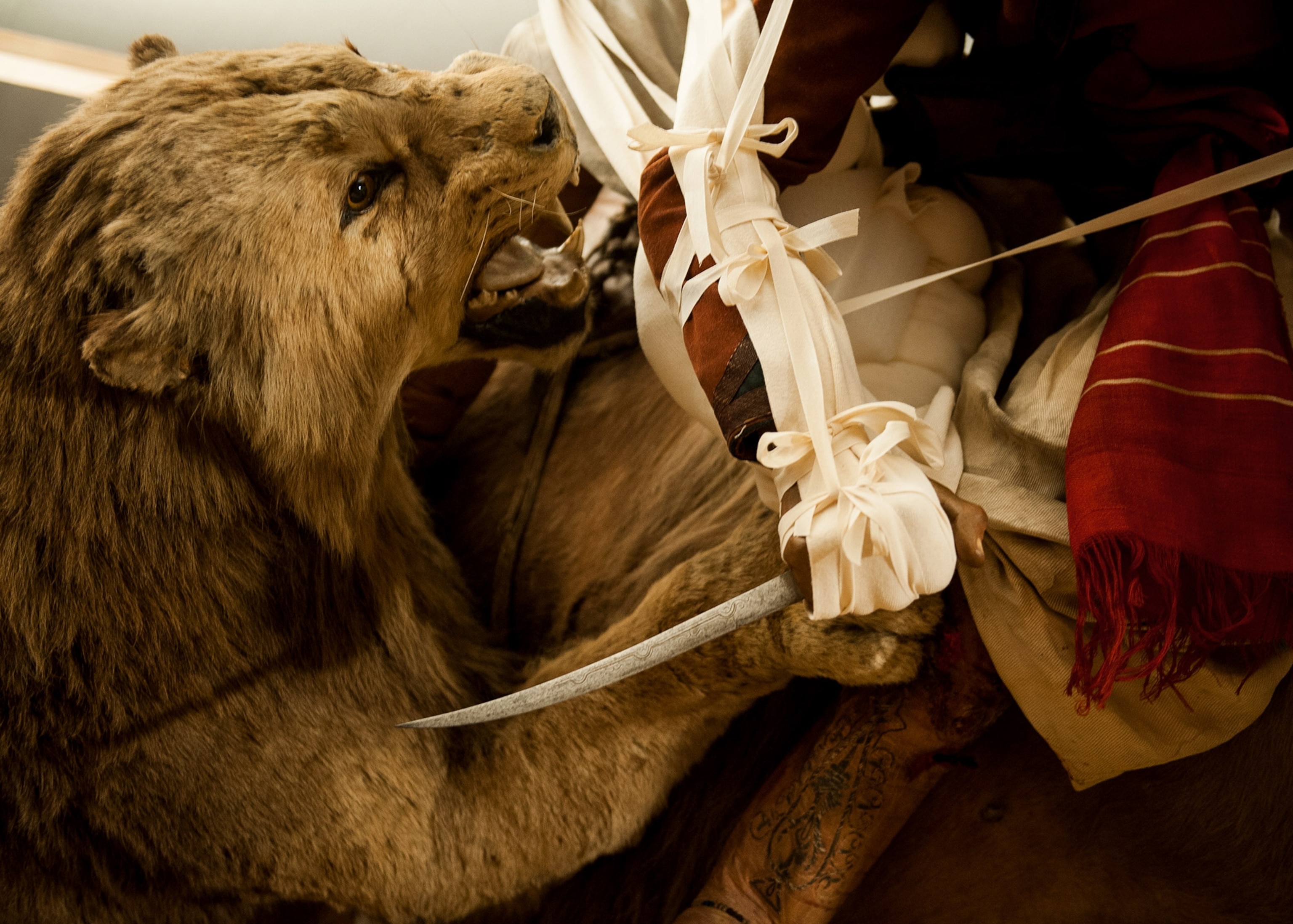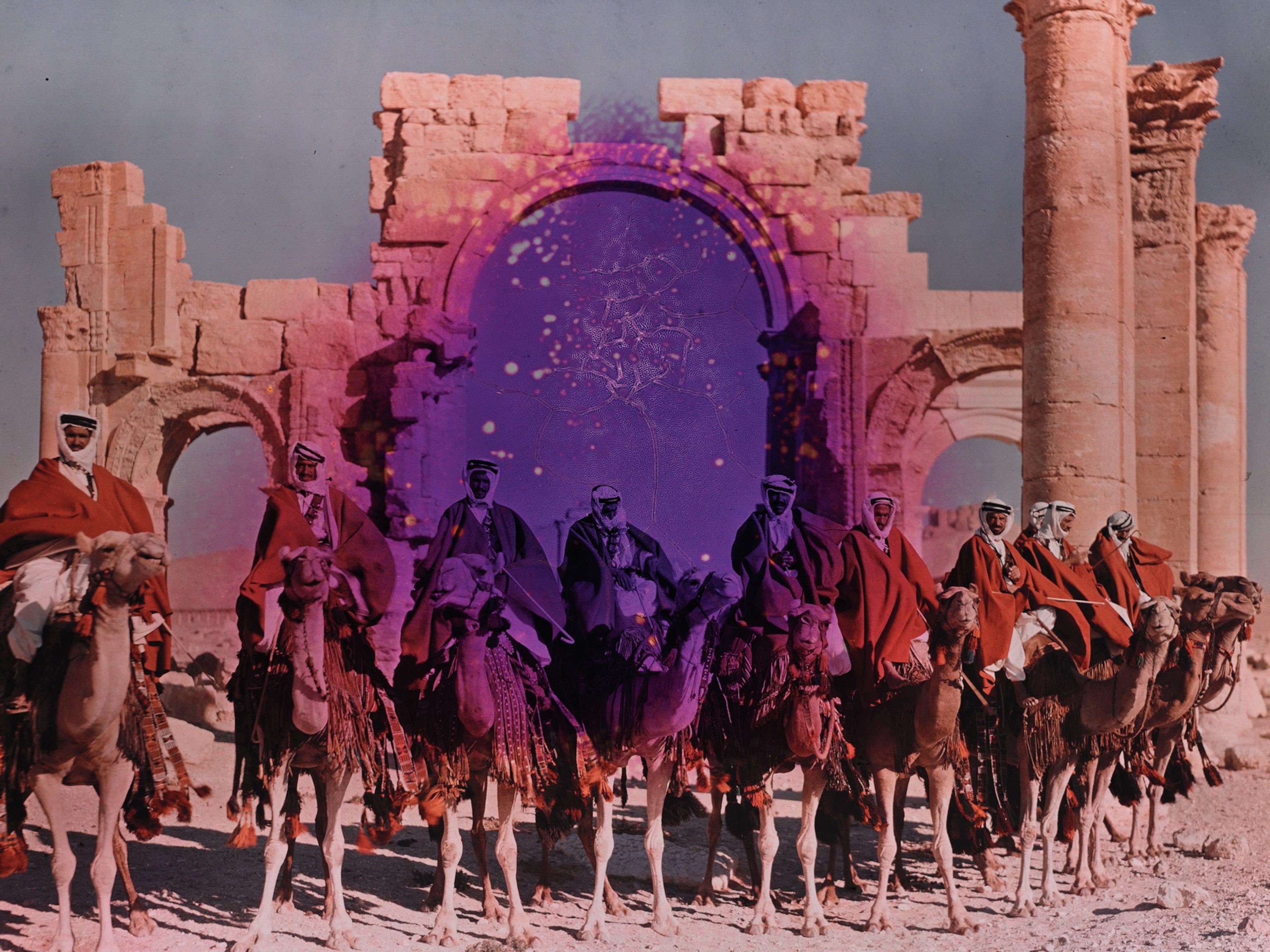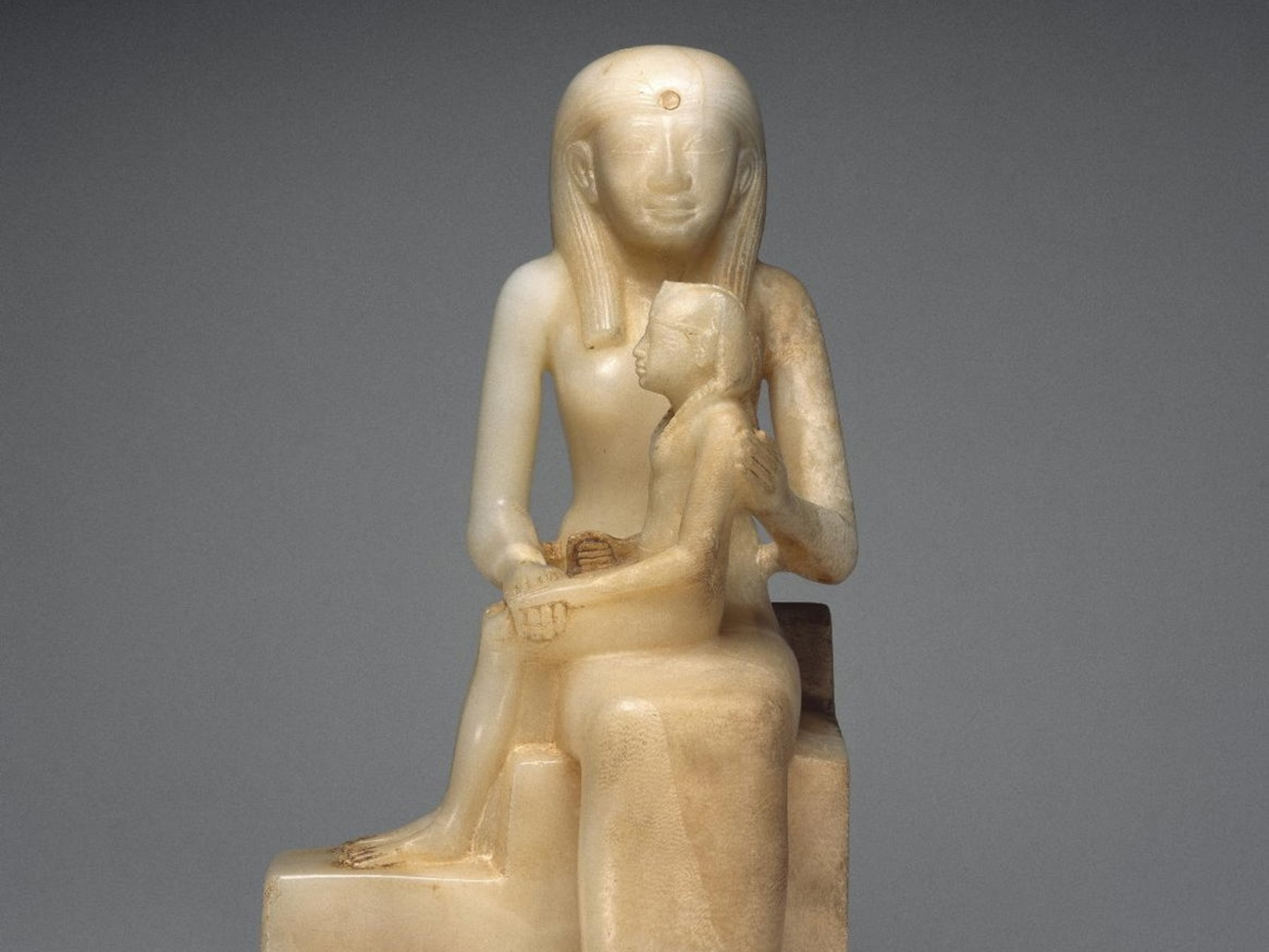
150-year-old Diorama Surprises Scientists With Human Remains
While restoring a taxidermy diorama, researchers discovered a human skull hidden inside a mannequin.
Generations of museum-goers have stood rapt before a 150-year-old taxidermy diorama that shows a simulated lion attack—and contains a real human skull.
At the Carnegie Museum of Natural History, during restoration work on diorama figures of lions, a dromedary, and its turbaned rider, a CT scan of the rider’s head revealed a human skull complete with actual teeth. The Pittsburgh, Pennsylvania, museum previously believed there were no human remains in the diorama, Lion Attacking a Dromedary.
The restored diorama was back on display on January 28, amid conjecture about how the skull got there and debate about what to do next.
French naturalist Edouard Verreaux, who worked with his brother in a group called Maison Verreaux, became notorious for turning an African tribesman into a taxidermy piece in 1830. He constructed this diorama in the mid-1800s. It passed from museum to museum before the Carnegie acquired it in 1898 from the American Museum of Natural History in New York City.

During restoration, conservators found that many bones were still intact inside the taxidermy animals, and that the human mannequin was made mostly of synthetic materials—but not entirely.
After discovering the skull, the museum debated how to proceed. To return the skull to its original burial place would be difficult, as no record of the skull’s acquisition exists. The Verreaux brothers were known to have falsified information on some acquisitions to increase their selling price.
DNA testing of the skull would likely prove inconclusive, as well, according to Erin Peters, the museum’s assistant curator of science and research.
“We cannot repatriate (the human remains) with the information we have now,” Peters told the Tribune-Review, a Pennsylvania news organization. “But we are hoping to continue our research, particularly with French archival resources, which have given us a number of new insights about the history of the diorama.”

The Verreaux brothers’ tendency to exaggerate information has caused concerns about other parts of the exhibit as well. Scientists have taken DNA samples from the “barbary lions” in hopes of confirming that the taxidermy animals are, in fact, examples of the extinct big cats.





